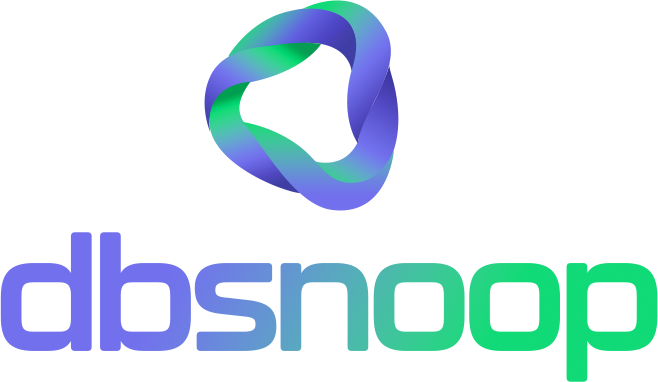
The Data Lifecycle in OLTP Environments: Maintenance, Purging, and Performance Impact

In an OLTP (Online Transactional Processing) database environment, data is constantly in motion—being inserted, updated, and deleted almost in real time. However, as data volume grows, a crucial question arises for IT teams: What is the lifespan of the data, and how should it be effectively managed?
Data maintenance and purging are essential practices for ensuring system performance, backup integrity, and recovery efficiency. But how do you decide what to keep in an OLTP system, what to purge, and how to handle data that is necessary but rarely accessed? And when dealing with regulated data, how can you ensure it is stored in compliance with legal requirements?
In this article, we’ll explore how data maintenance and purging affect performance, backups, and recovery in OLTP environments, along with best practices for handling rarely used or regulated data.
The Data Lifecycle: How to Decide What to Keep or Purge in OLTP Environments
In OLTP systems, where transaction volumes are high, data is frequently written, updated, and deleted. As transactions occur, the lifecycle of the data naturally progresses—that is, after a certain period or event, some data may no longer be relevant to active transactions.
Performance Impact
Unnecessary or outdated data left in the database can burden the system, causing slower read and write operations. In OLTP environments—where transaction speed is critical—storing old, rarely accessed data can significantly increase response time and resource usage (CPU, memory, disk I/O).
- Slower queries and indexes: When irrelevant data remains in the system, queries can slow down due to index fragmentation and larger scan ranges.
- Higher I/O consumption: Read and write operations on large volumes of unnecessary data consume more I/O resources, impacting system performance.
Purging obsolete data and keeping the database lean is crucial to maintaining optimal performance.

Backup and Recovery: The Impact of Obsolete Data
In OLTP systems, where write operations are frequent, data volumes grow rapidly. As data grows, managing backups and recovery becomes more challenging.
Impact on Backup
- Larger, slower backups: Unnecessary data increases backup size, making the process slower. This can extend backup windows, reduce system availability, and increase restore times.
- Redundancy: Old, irrelevant data often takes up valuable space in backups, creating unnecessary redundancy that still needs to be managed to ensure backup consistency and integrity.
Impact on Recovery
- Longer recovery times: The time required to restore data increases when the system must handle large volumes of unnecessary data during recovery.
- Risk of recovery failures: Outdated or redundant data may interfere with recovery integrity—especially during failure scenarios where data consistency is critical.
Rarely Used but Necessary Data: Keep It or Move It to a Separate Repository?
In many cases, rarely accessed data may still be required for compliance or historical reference. While such data is sometimes stored in OLTP databases, it’s often more efficient to move it to dedicated repositories where it can be stored in an optimized way.
When to Keep Data in OLTP
- When the data is still accessed with some frequency, even if irregularly.
- When the data is part of the transactional system and must be retained for integrity or regulatory reasons.
When to Move Data to a Specific Repository
- Archival Repositories: Old data no longer needed for active transactions but still required for retention should be moved to dedicated archives.
- Cloud Storage or Data Lakes: These are effective for storing large volumes of infrequently accessed data required for compliance or historical purposes.
This approach reduces the impact on OLTP performance, allowing it to remain optimized for real-time transactions while archived data is stored efficiently and securely.

Regulated Data: How to Handle Long-Term Retention Requirements
Regulated data—such as financial records, health information, and personal data—often needs to be retained for long periods to comply with legal or industry regulations. In an OLTP environment, where speed is the priority, managing this kind of data can be challenging.
How to Manage Regulated Data in OLTP
- Compliance with Regulations: Regulated data must be stored according to legal requirements, including proper security protocols, auditing, and retention policies. These data must be secured, with restricted access, and guarantees of integrity and confidentiality.
- Store Outside OLTP When Possible: To avoid overloading the transactional system, regulated data can be moved to specialized storage systems that meet compliance requirements—such as archival databases or long-term backup systems that allow access when needed without affecting OLTP performance.
Implementing Purge Policies for Regulated Data
Even for regulated data, it’s important to define archiving and purge policies that meet retention requirements while minimizing the impact on the main system. Policies should ensure data is only kept for as long as legally required, and that expired data is either removed or moved to more suitable repositories.
Conclusion: Efficient Data Management in OLTP Environments
Keeping an OLTP database efficient is not only about executing transactions quickly and reliably—it also requires a strong data maintenance and purging strategy.
- Obsolete or rarely used data can hurt performance, complicate backups and recovery, and overwhelm the system with unnecessary information.
- Regulated data must be managed under specific retention policies to ensure compliance, without degrading database performance.
By adopting smart data management practices—whether by retaining data in OLTP, moving it to specialized repositories, or handling regulated data effectively—your database infrastructure will be more agile, efficient, and ready to scale as needed.
Flightdeck, with its real-time monitoring capabilities, can be a valuable tool to ensure your database stays optimized, with alerts about unnecessary data, storage issues, and any areas that could affect system performance.
Visit our YouTube channel to learn about the platform and watch tutorials.
Schedule a demo here.
Learn more about Flightdeck!
Learn about database monitoring with advanced tools here.


